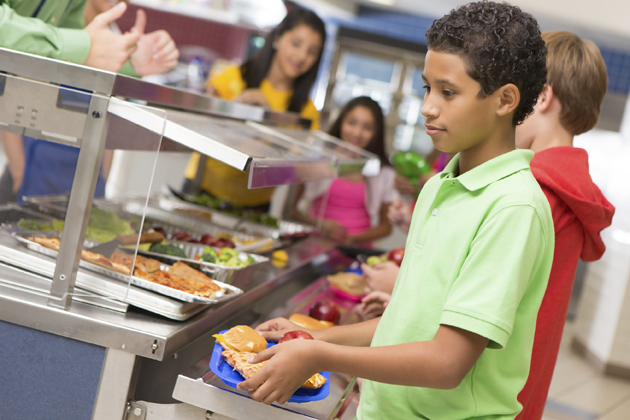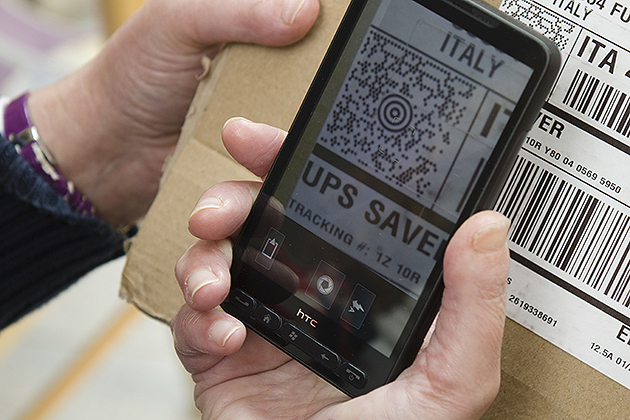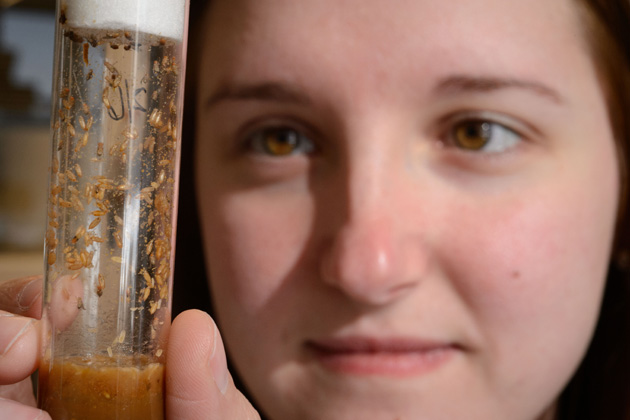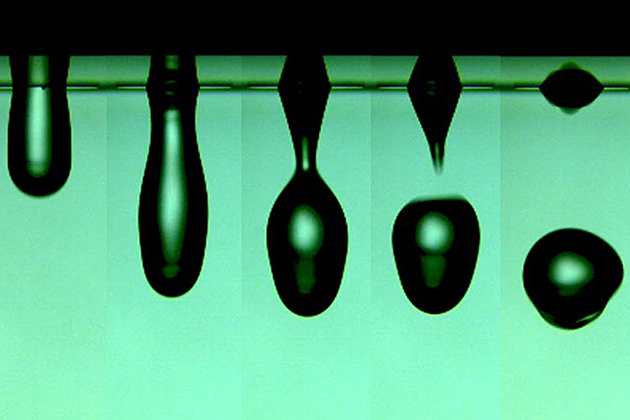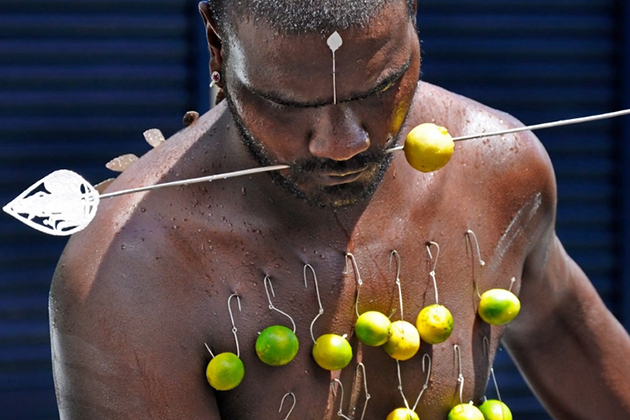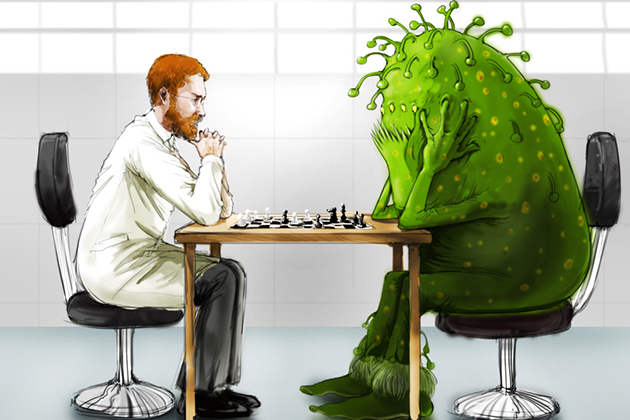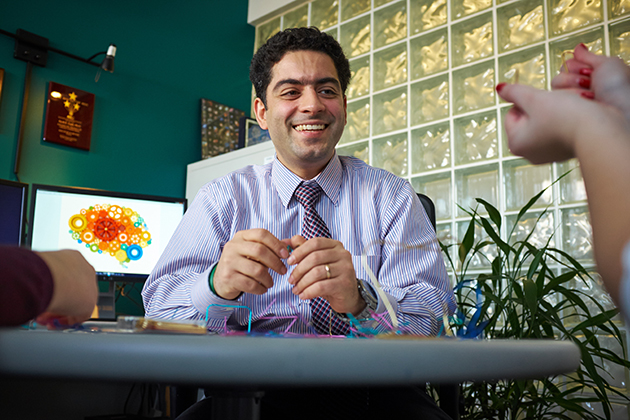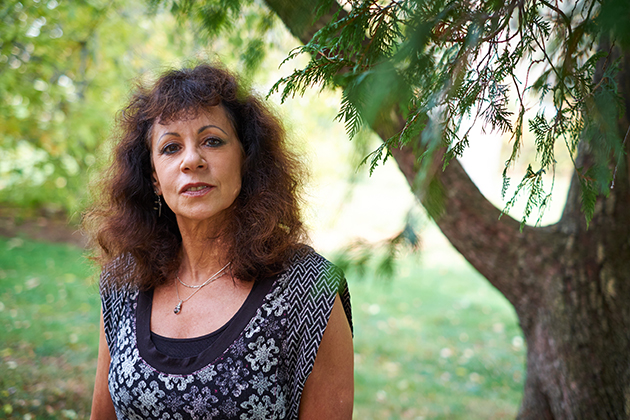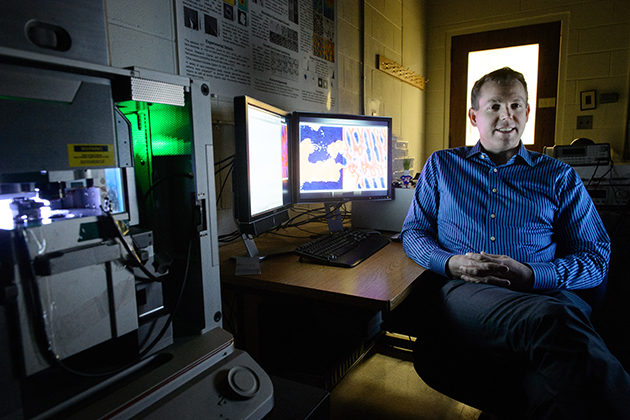Research & Discovery
Students Throw Away Less Food With New Healthier School Lunches
A UConn study shows that USDA's revised school meal standards helped students eat healthier and waste less.
March 4, 2015 | Daniel P. Jones, Rudd Center
QR Codes Engineered into Cybersecurity Protection
Engineers took the ordinary QR code and transformed it into a high-end cybersecurity application that can protect the integrity of computer microchips.
February 26, 2015 | Colin Poitras
Raising Awareness About Cybersecurity
Given the fact that the most common passwords for computer users are not secure at all – “password” and “12345” – cybersecurity is an issue that should be a concern to even the personal user. That was the message recently conveyed by a panel of cybersecurity experts hosted by the Center of Excellence for Security […]
February 26, 2015 | William Weir, School of Engineering
Abuzz Over Ovulation Similarities Between Two Very Different Species
UConn researchers say that during ovulation the same gene may govern both humans and flies, a finding that could lead to advances in treating human infertility, cancer metastasis and ovarian disease.
February 23, 2015 | Kim Krieger
Beauty in the Small and Unintended
Microscopic images reveal a tiny world filled with intense colors and unusual designs.
February 16, 2015 | Kim Krieger
The Puzzle of Extreme Rituals
UConn anthropologist Dimitrios Xygalatas is exploring why people engage in highly painful, even dangerous, ritual behaviors.
February 10, 2015 | Sheila Foran
Getting Ahead of Antibiotic-resistant Bacteria
A UConn medicinal chemist has developed software with a colleague at Duke that could help make more resilient antibiotics.
February 5, 2015 | Colin Poitras
Engineering Education Study Looks to Tap Strengths of ADHD Students
UConn researchers are seeking to keep potential pioneers in the field of engineering.
February 3, 2015 | William Weir, School of Engineering
Philosopher Focuses on Questions of Self-Knowledge, Truth
Dorit Bar-On is developing a 'humanities version' of a scientific lab, with collaborative research among a variety of scholars in the field of communication.
January 30, 2015 | Kenneth Best
Building the Next Generation of Efficient Computers
A UConn researcher has uncovered important information about the kinetics behind a new form of computer memory.
January 28, 2015 | Colin Poitras
